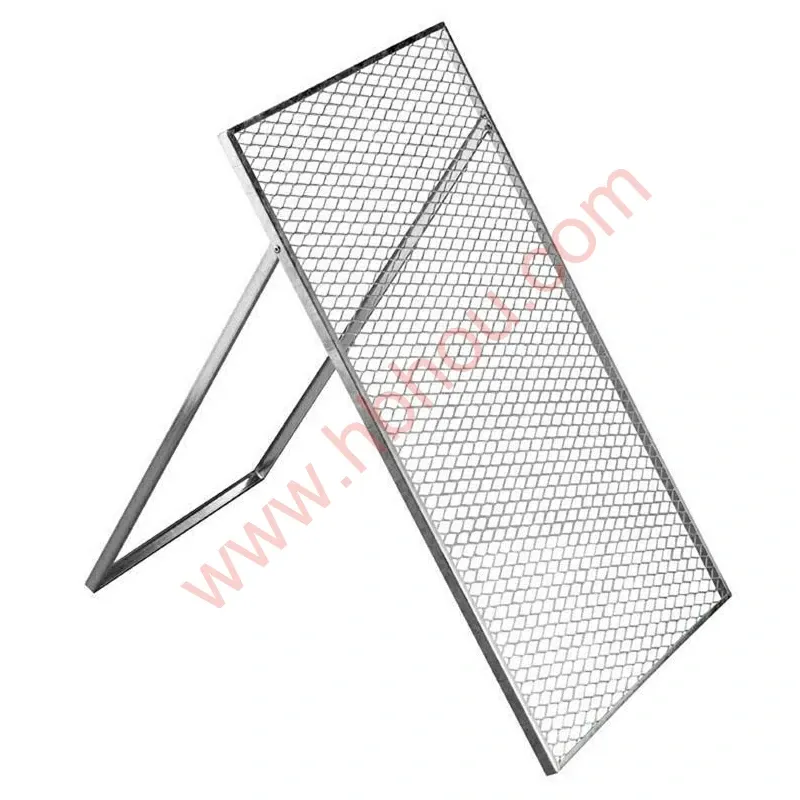The Importance of Tree Planting Stakes Supporting Growth and Sustainability
In the quest for a greener planet, tree planting has become a cornerstone of environmental efforts around the world. Trees provide essential benefits, including carbon sequestration, habitat for wildlife, and improved air quality. However, to ensure the successful growth of young trees, particularly in challenging conditions, one must pay attention to the essential tools that support their development — tree planting stakes.
Tree planting stakes serve multiple crucial roles in the early stages of a tree's life. Primarily, they provide structural support. Young trees, especially those that are newly transplanted, often struggle to establish themselves in unfamiliar soil. The process of transplanting can disturb their root systems, making them susceptible to falling over in strong winds or heavy rains. Stakes help stabilize these young trees, preventing them from bending or breaking until their roots grow deeper and become well-established in their new environment.
Moreover, stakes can improve the overall health and growth rate of young trees. By providing support, planting stakes allow the trees to focus their energy on developing roots and branches rather than struggling against environmental stresses. This is particularly significant in urban settings where trees face additional challenges, such as compacted soil and limited root space. With adequate support from stakes, trees can thrive even in less-than-ideal conditions.
Choosing the right type of stake is essential for maximizing the benefits they provide. There are various materials available for stakes, including wood, metal, and plastic, each with its advantages and disadvantages. Wooden stakes, for example, are often favored for their natural appearance and ease of use. However, they can rot over time, which may harm the tree or the surrounding environment. Metal stakes, while more durable, can pose risks if not installed properly, as they may puncture or damage the tree trunk. On the other hand, biodegradable stakes made from materials such as bamboo or recycled composites offer a sustainable alternative, breaking down naturally as the tree matures and no longer requires support.
tree planting stakes

In addition to choosing the right material, the method of staking is equally important. The stakes should be placed at an appropriate distance from the tree to avoid damaging the root system. Ideally, the stake should be positioned on the side facing the prevailing wind to maximize protection. Furthermore, it is crucial to use soft, flexible ties that won't constrict the growing trunk. As the tree matures, the ties should be adjusted or removed to prevent girdling, a condition that can severely harm the tree.
Stake removal is another critical aspect of tree care. While stakes are beneficial in the early stages of growth, their prolonged use can hinder natural development. Trees often rely on their own strength to grow upright, and excessive staking may prevent them from developing the necessary structural integrity. Ideally, stakes should be removed once the tree exhibits sturdy growth, usually after one to two years, depending on the species and local conditions.
The use of tree planting stakes also extends beyond individual trees to broader environmental initiatives. For instance, community tree planting events often use stakes to ensure the survival of newly planted saplings. These efforts contribute to urban reforestation and landscape restoration projects that aim to combat climate change and enhance biodiversity. Supporting young trees through proper staking practices ultimately leads to healthier forests, improved ecosystems, and a sustainable future for generations to come.
In conclusion, tree planting stakes are more than just tools; they are vital supporters of young trees during their formative years. By choosing the right materials, staking methods, and timing for removal, we can significantly enhance the likelihood of a tree’s survival and overall health. As we continue to plant trees for a sustainable future, let us not overlook the simple yet essential role that stakes play in nurturing these young warriors of the environment. Through concerted efforts in tree care, we can cultivate a greener, healthier planet, one tree at a time.
















